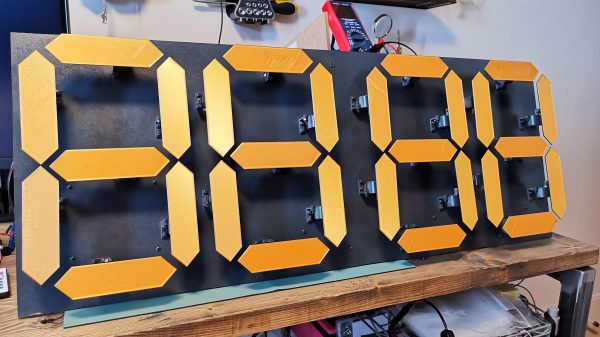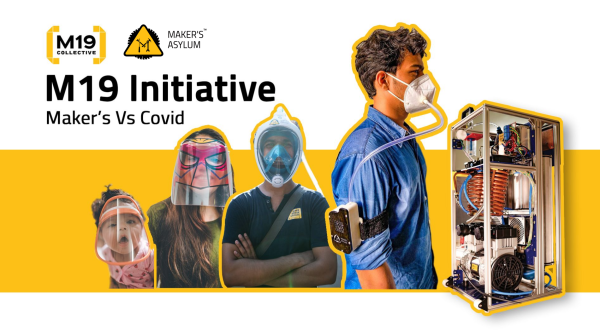Ladies and Gentlemen, Sentient robots, Travellers from the distant future, or Aliens from the outer rim, it’s time to enter the 2022 Hackaday.io Sci-Fi Contest!
We last ran the Sci-Fi contest in the far, far past — before the Voigt-Kampff machine was detecting replicants on the gritty streets of 2019’s LA. Back then, we had some out-of-this-world entries. It’s time for the sequel.
Thanks to Digi-Key, the contest’s sponsor, your best blaster, your coolest costume, or your most righteous robot could win you one of three $150 shopping sprees in their parts warehouse. Create a Hackaday.io project, enter it in the contest, and you’re set. You might as well do that right now, but the contest closes on April 25th.
 Sci-Fi is all about the looks, so if it’s purely decorative, be sure to blind us with science (fiction). If your project actually functions, so much the better! Of course we’d like to know how it works and how you made it, so documentation of the project is the other big scoring category. Whatever it is, it’s got to be sci-fi, and it’s got to have some electronics in it.
Sci-Fi is all about the looks, so if it’s purely decorative, be sure to blind us with science (fiction). If your project actually functions, so much the better! Of course we’d like to know how it works and how you made it, so documentation of the project is the other big scoring category. Whatever it is, it’s got to be sci-fi, and it’s got to have some electronics in it.
If you’re looking for inspiration, you could do a lot worse than to check out [Jerome Kelty]’s Animatronic Stargate Helmet, that not coincidentally took the grand prize last time around. It’s an artistic and engineering masterpiece all rolled into one, and the description of how it’s made is just as extensive. [Jochen Alt]’s “Paul” robot isn’t out of any particular sci-fi franchise that we know, but of rolling on one ball and reciting robot poetry, it absolutely should be.
Honorable Mentions
In addition to the overall prizes, we’ll be recognizing the best projects in the following honorable mention categories:
- Star Star: Whether you’re “beam me up” or “use the force”, fans of either of the “Star” franchises are eligible for this honorable mention.
- ExoSuit: This category recognizes sci-fi creations that you can wear. Costumes and armor fit in here.
- Stolen off the Set: If your blaster looks exactly like Han Solo’s, you’re a winner here. This is the category for your best prop replica.
- Living in the Future: If your sci-fi device was purely fantasy when imagined, but now it’s realizable, you’re living in the future. A working tricorder or a functioning robot companion would fit in fine here.
- The Most Important Device: Has no function, but it certainly looks like it does. Just blinking lights that blink back and forth, yet the government spent millions of dollars on it.
You don’t have to tell us where your project fits in. We’ve got you covered.
Engage!
Get started now by creating a project page on Hackaday.io. In the left sidebar of your project page, use the “Submit Project To” button to enter in the 2022 Sci-Fi Contest.
You have from now until April 25, 2022 to get it finished. Of course, if your time machine actually works, you can finish it whenever. Check out the Hackaday.io contest page for all the fine print.


















